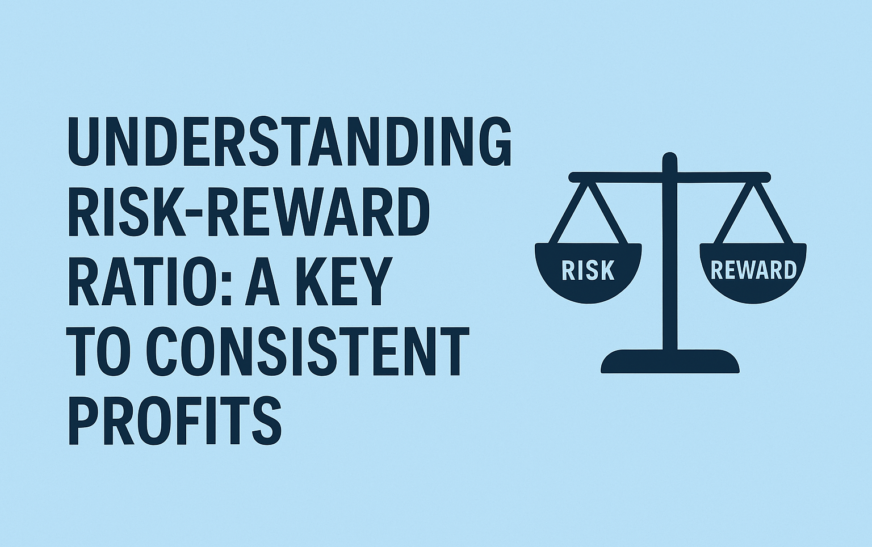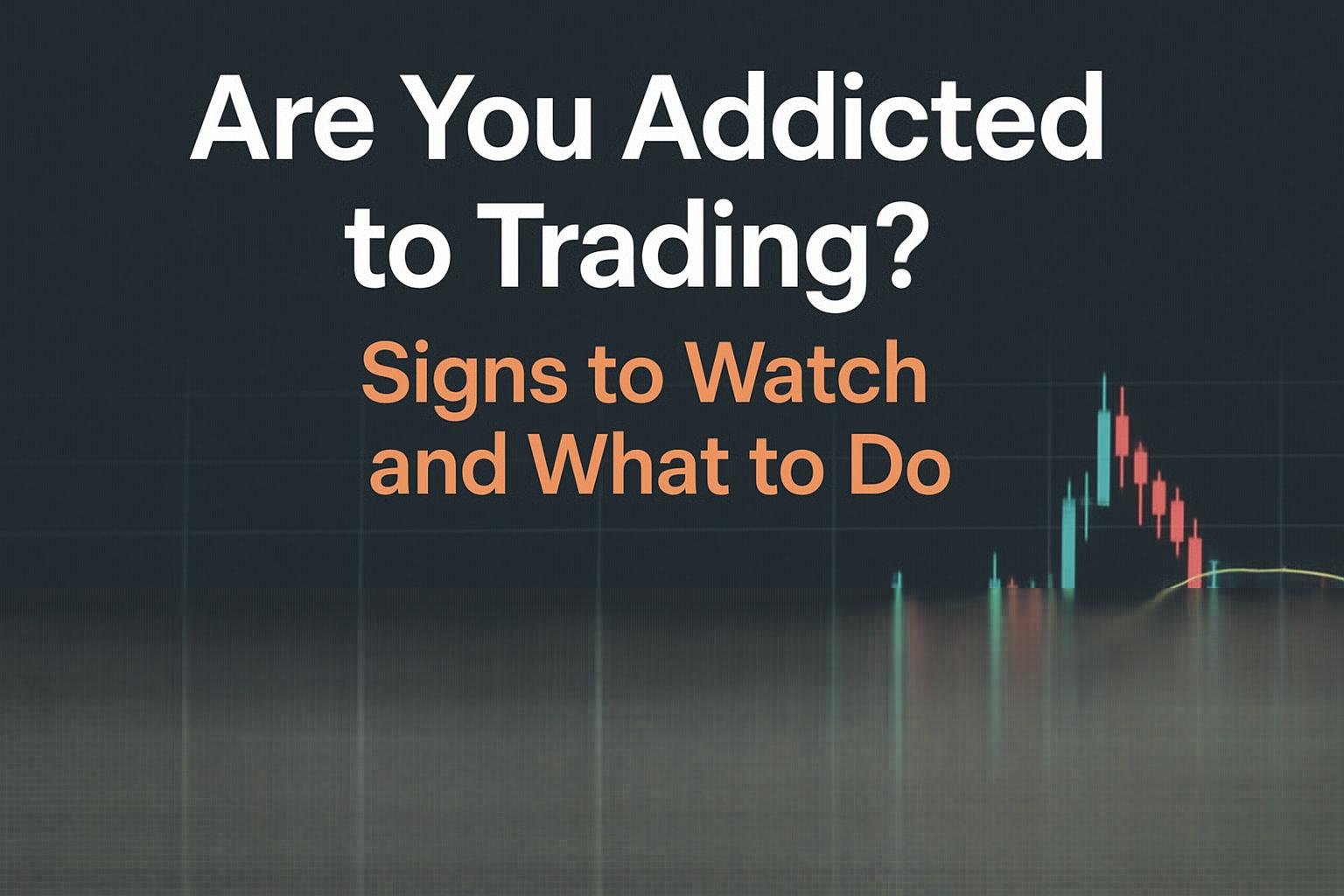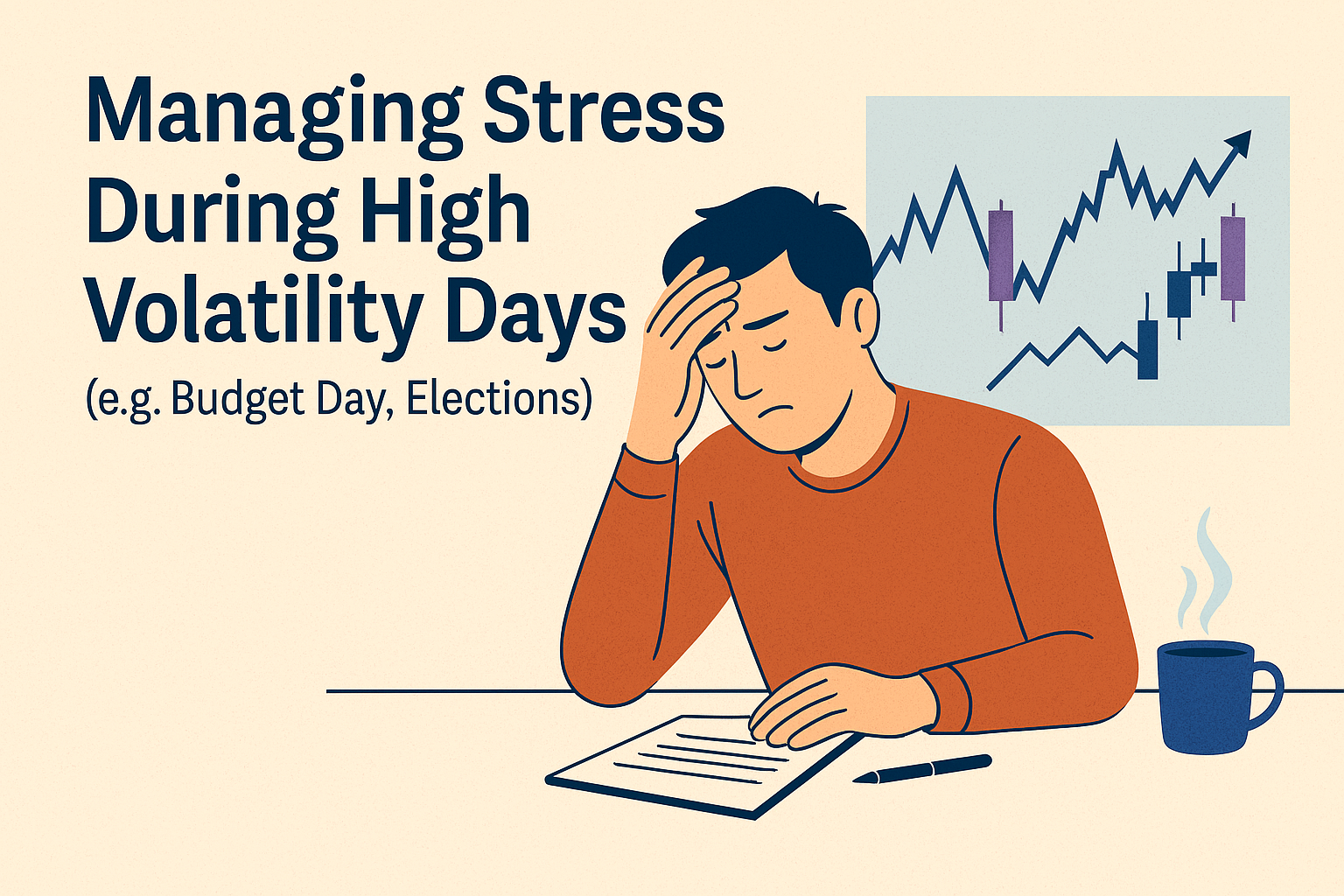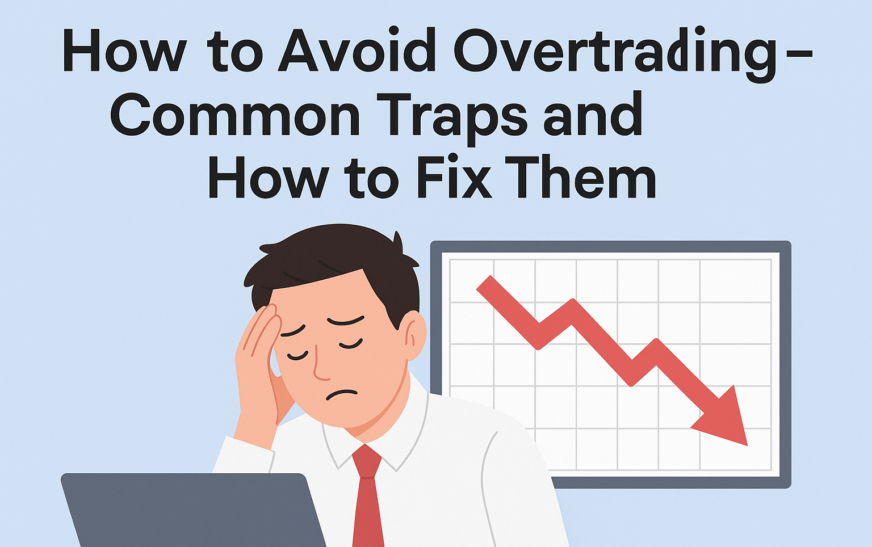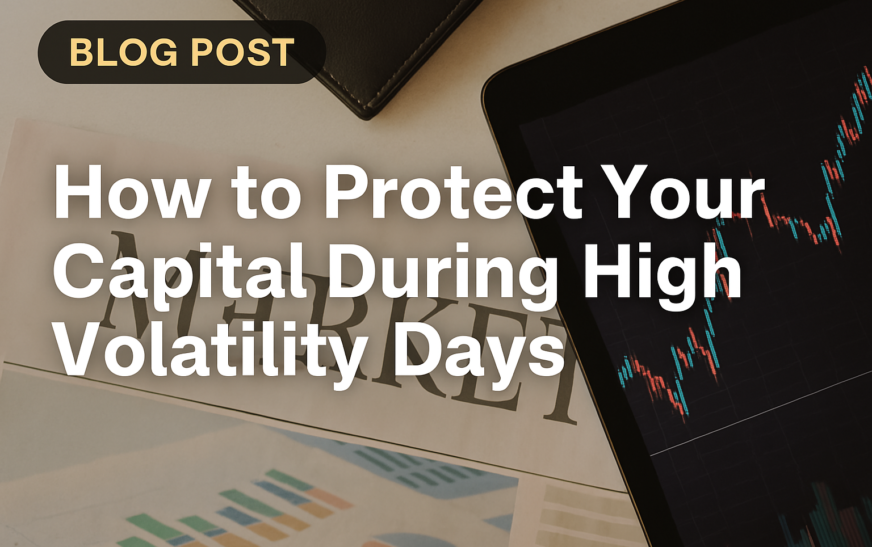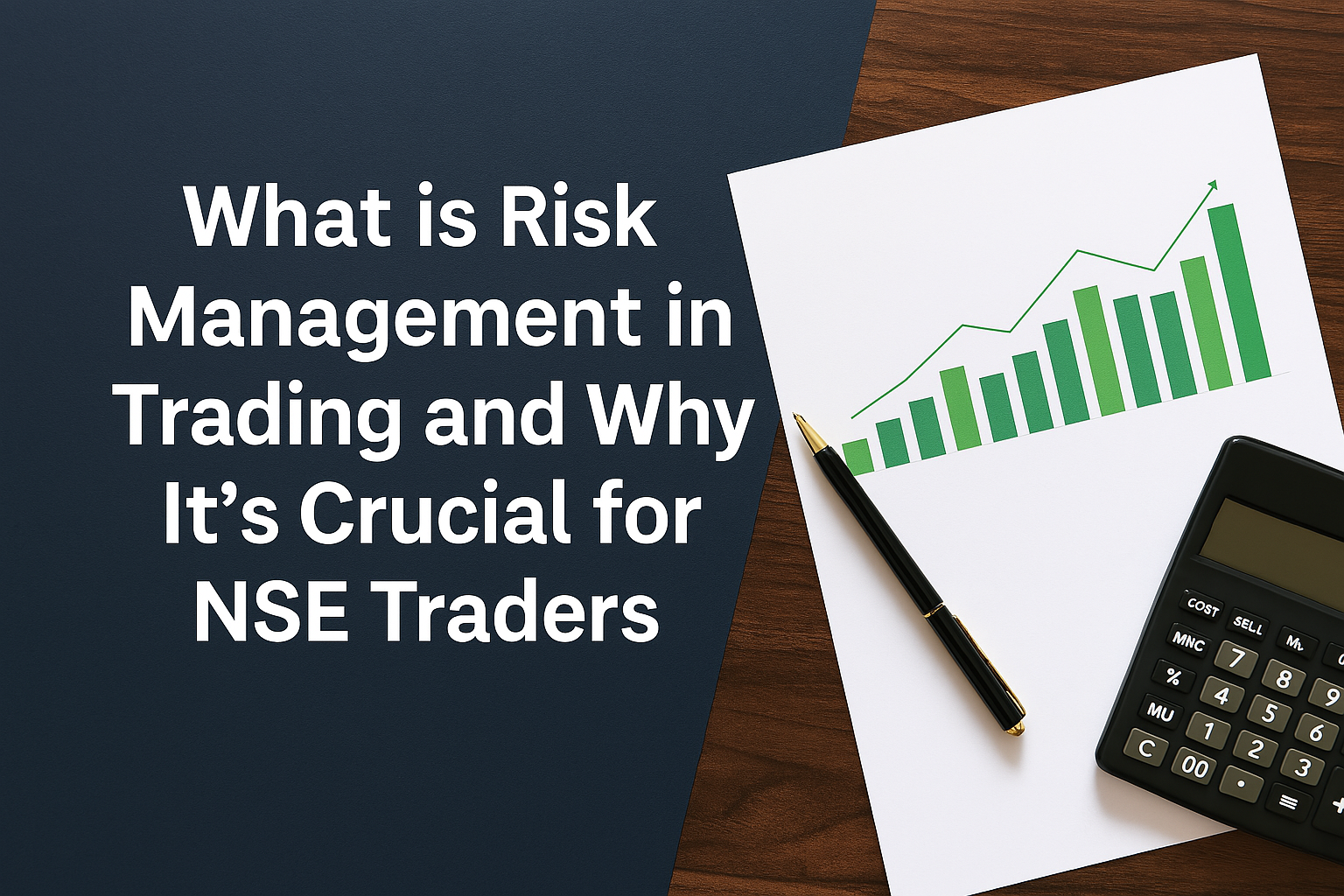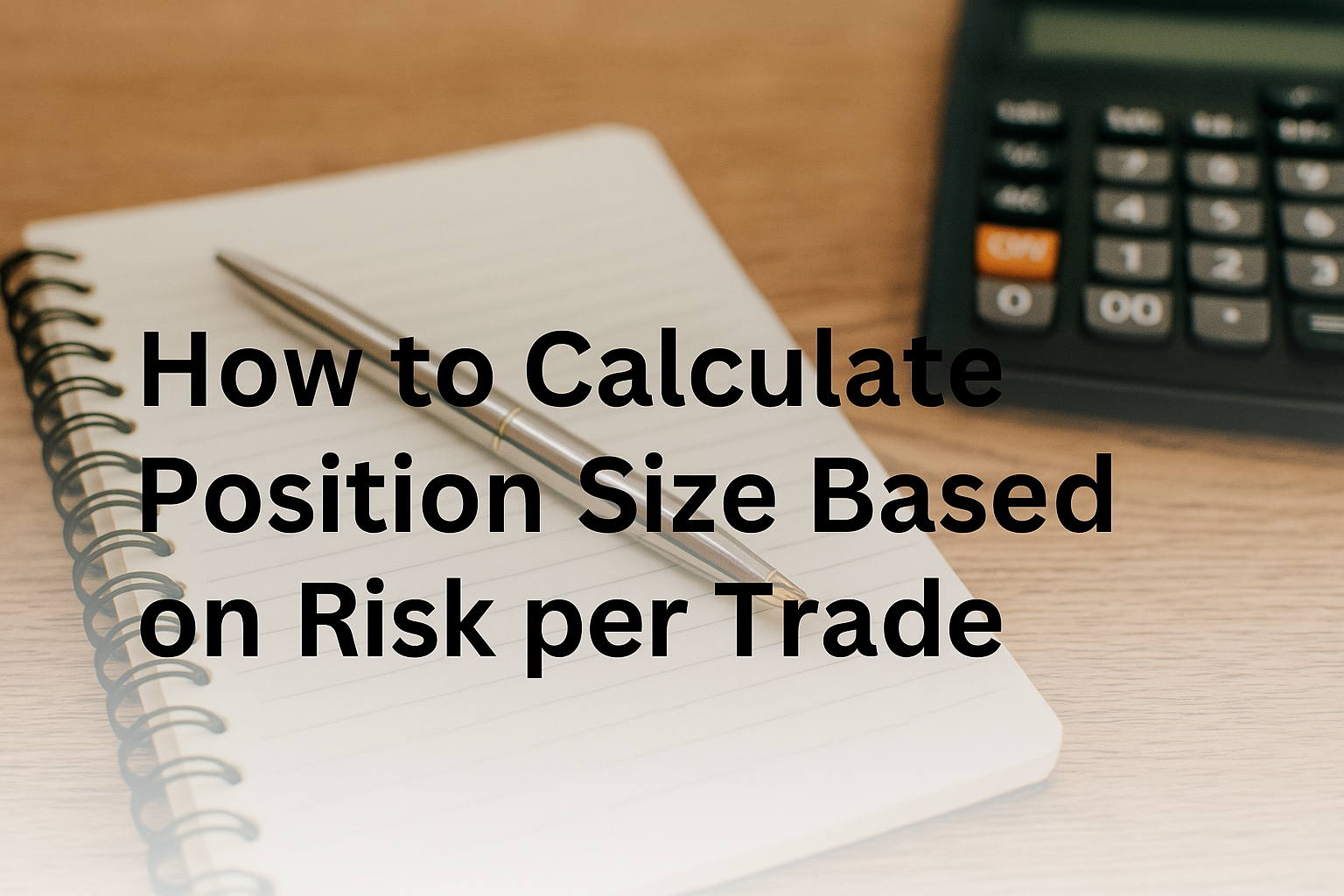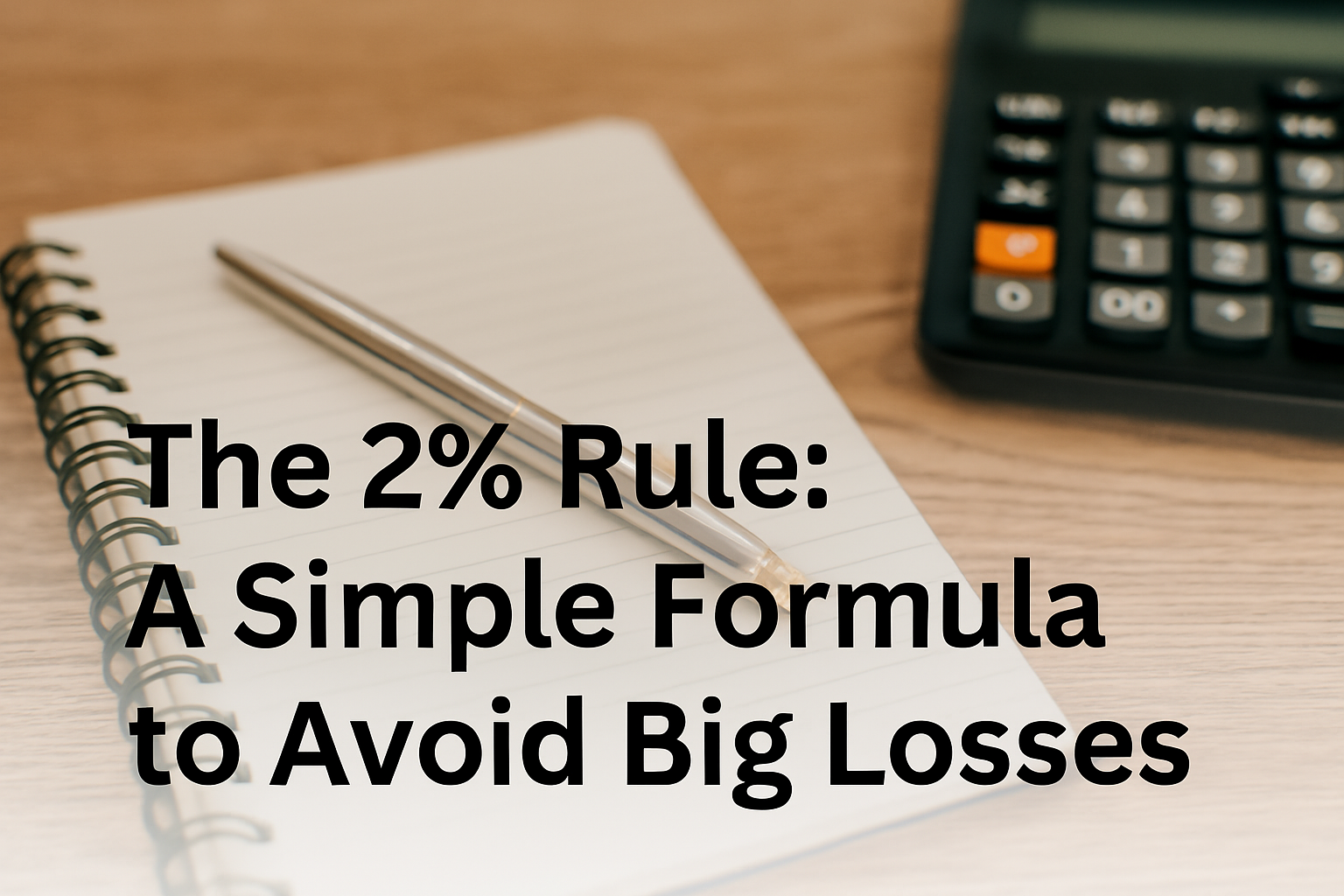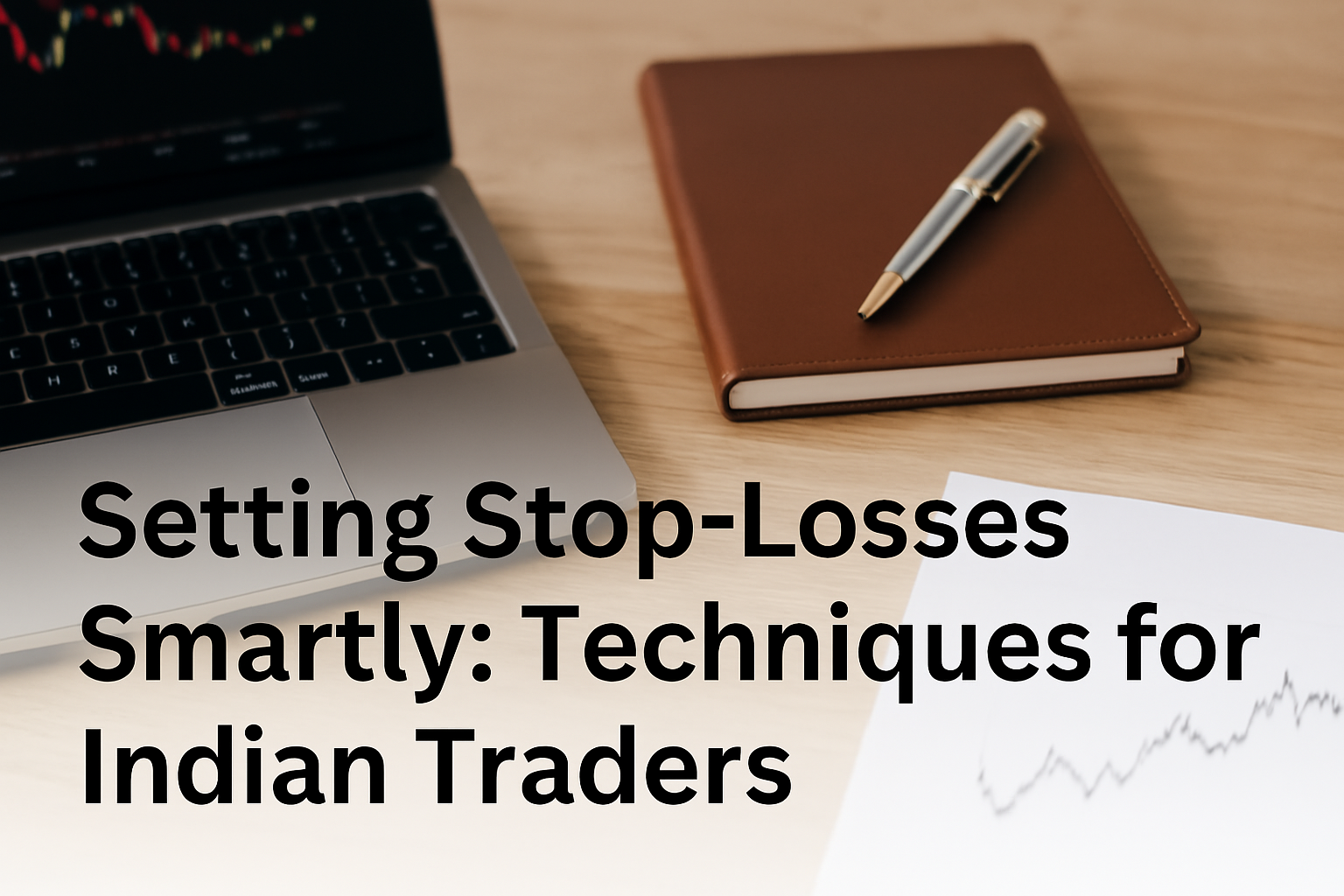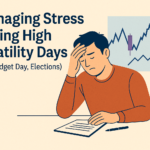Introduction
One of the biggest differences between losing and profitable traders is how they manage risk vs reward. The risk-reward ratio is a simple but powerful concept that can guide smarter decisions, reduce emotional trading, and improve long-term consistency. In this article, we break down how to use it effectively.
What Is the Risk-Reward Ratio?
The risk-reward ratio (R:R) measures how much potential reward a trade offers relative to how much you are risking.
Formula:Risk-Reward Ratio = Potential Loss / Potential Gain
Example:
If you’re risking ₹500 to potentially make ₹1,500, your risk-reward ratio is 1:3.
Why It Matters
- You don’t need to win every trade to be profitable.
- A high R:R allows room for lower win rates.
- It keeps you focused on quality setups, not quantity.
- It helps avoid emotional, impulsive trades.
Risk-Reward and Win Rate Relationship
| Risk-Reward Ratio | Break-Even Win Rate Needed |
|---|---|
| 1:1 | 50% |
| 1:2 | 33.3% |
| 1:3 | 25% |
| 1:4 | 20% |
This means if you stick to a 1:2 ratio, you only need to be right one-third of the time to break even.
How to Use Risk-Reward in Real Trading
1. Predefine Your Stop-Loss and Target
Always decide how much you’re willing to lose and what your target is before entering a trade.
2. Look for Trades With at Least 1:2 R:R
Anything less often leads to inconsistency over time. High-quality trades often offer 1:3 or better.
3. Adjust Position Size Accordingly
When risking less, you may increase size slightly. When your stop is wider, reduce size to keep the risk percentage fixed.
4. Avoid Changing Targets Mid-Trade
Stick to your planned target unless the market gives clear signs to adjust. Randomly exiting early reduces the R:R edge.
5. Focus on R:R More Than Win Rate
Many traders chase high win rates with poor R:R and end up break-even or worse. R:R is what drives long-term profits.
Common Mistakes Traders Make
- Ignoring R:R just to be in a trade
- Moving stop-loss further away after entry
- Targeting small profits and taking big losses
- Overconfidence in setups with poor risk-reward payoff
Risk-Reward Checklist Before Every Trade
- Is this setup giving me at least 1:2 risk-reward?
- Is my stop-loss based on technical logic, not emotion?
- Am I emotionally prepared to accept the full risk?
- Will I stick to my target even if the market moves fast?
Conclusion
The risk-reward ratio is not just a number—it’s a mindset. It teaches patience, discipline, and the art of waiting for quality over quantity. If you want to become consistently profitable in trading, mastering the risk-reward ratio is non-negotiable. It’s not about how often you win—it’s about how much you win when you do, and how little you lose when you’re wrong.

